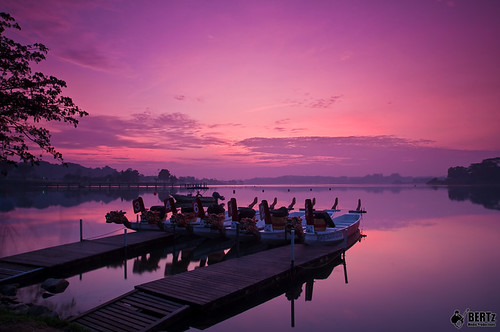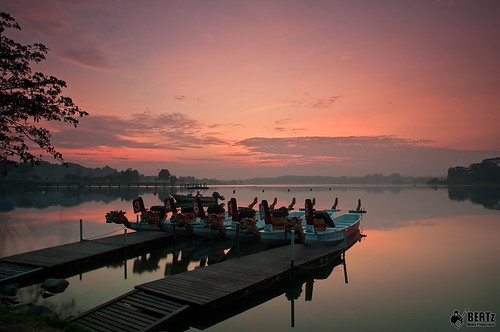Hi cumzball, I actually started using the Tianya set(<$100) for a while until I decided to hunt for the Lee one from the B&S for quite a while b4 I got a good set. A new one may cost >$500+ from CP.Thanks DrSpock!!!
Mind if i ask how much did the Lee starter kit set u back? i was considering start kit as well. you can PM me the price if it's not convenient to mention price here.
So what u are trying to say here is i should get the biggest ring from Lee and get cheaper step up rings to attach it to my lenses that are small in size?
Pardon me, getting abit confused....
Yes, if you do decide on getting a Filter be it Tianya or Lee, go for an adapter ring that will fit your biggest lens dia, the one you will use with the ND/GND filters. The rest can use cheaper step up rings. Good luck






